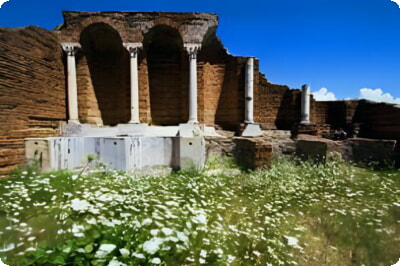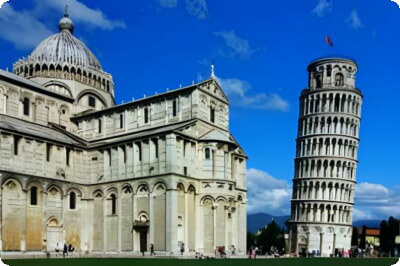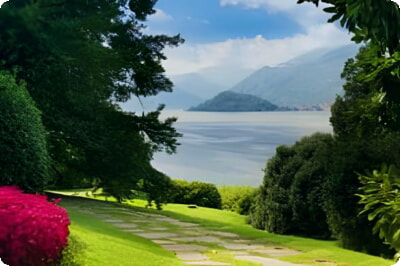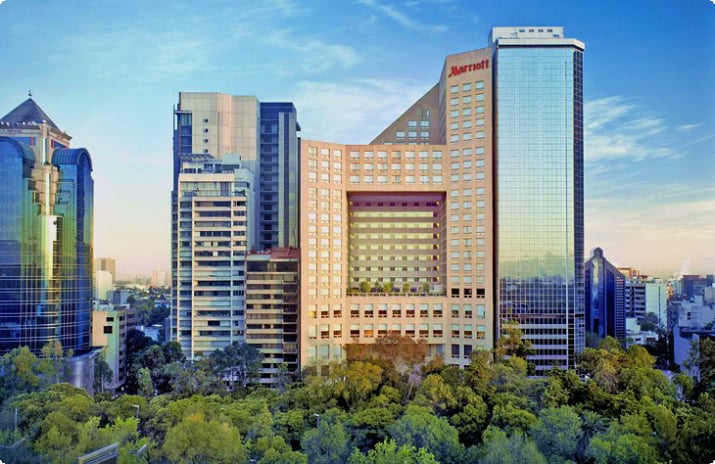Exploring the Ancient Ruins of Pompeii
At the base of Mount Vesuvius rests the ancient city of Pompeii, a Roman town frozen in time by the catastrophic eruption in AD 79. The site, along with Herculaneum, offers an unparalleled glimpse into Roman life.
Today, Pompeii is a must-see destination in Italy, revealing a city in the midst of recovery from an earthquake in AD 63 when Vesuvius erupted. The majority of its 20,000 residents had evacuated, leaving behind about 2,000 who perished under the volcanic debris.
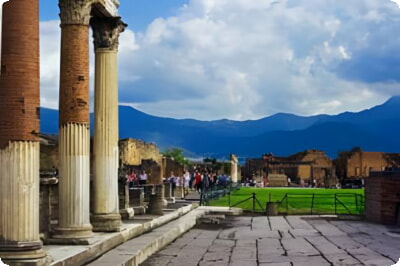
Excavations began in the 18th century, and since then, much of the city has been unearthed. Artifacts initially removed to Naples are now often left in situ, providing a more authentic experience, especially in areas excavated after 1911.
Recent discoveries, like a room in Civita Giuliana, continue to enrich our understanding of the past. Pompeii's homes, shops, and public spaces vividly portray the daily life of its inhabitants, frozen in time by the eruption.
Accessible from Naples, Sorrento, or Rome, Pompeii's top attractions can be explored easily, offering a journey back to 79 CE.
Top Attractions in Pompeii
Here's a brief guide to some of Pompeii's most fascinating sites:
1. Antiquarium
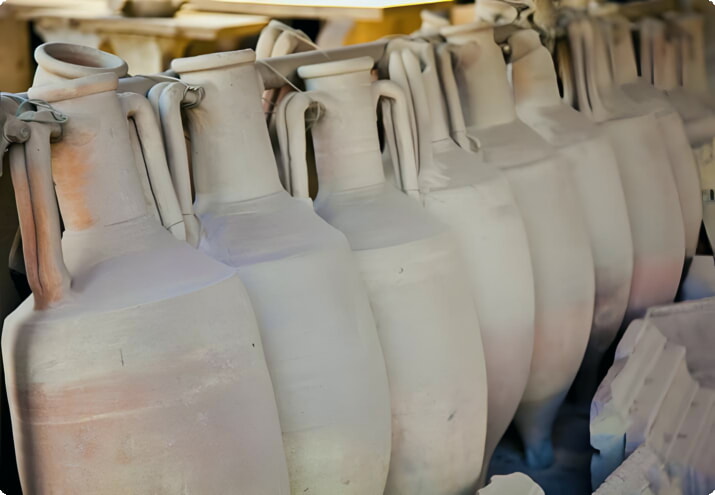
Begin at the Antiquarium to see artifacts and plaster casts of eruption victims, providing context before you explore the city.
2. Forum
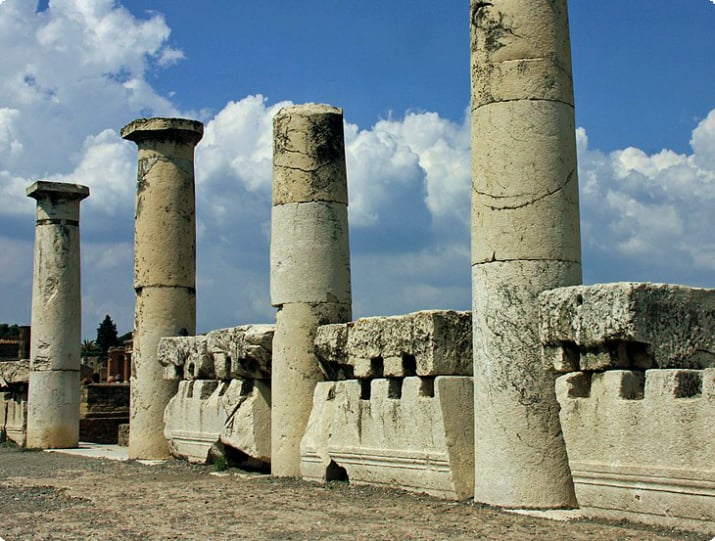
The Forum, surrounded by temples and public buildings, was the heart of Pompeii, with the Temple of Jupiter and the basilica as notable landmarks.
3. Theaters
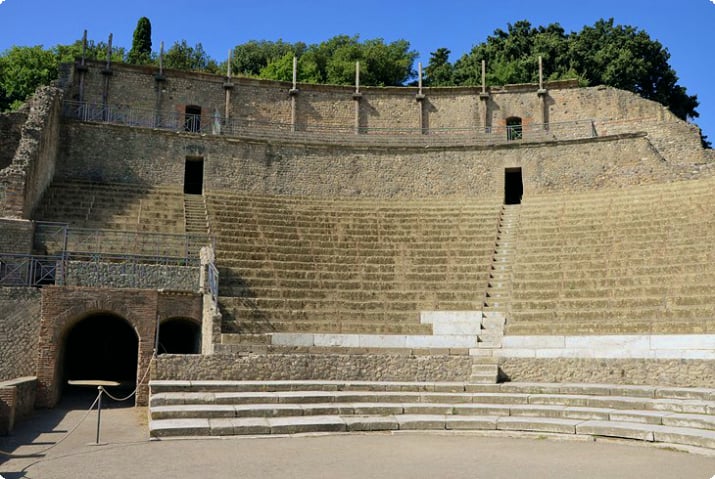
The Teatro Grande and Teatro Piccolo showcase Pompeii's cultural life, with the former hosting large audiences and the latter, intimate musical performances.
4. Temple of Isis
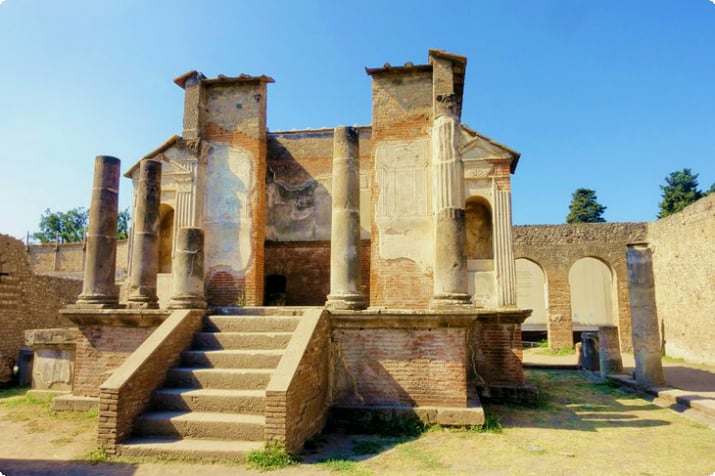
The Temple of Isis reflects the Roman fascination with Egyptian deities, standing as a testament to the city's religious diversity.
5. Terme Stabiane (Stabian Baths)
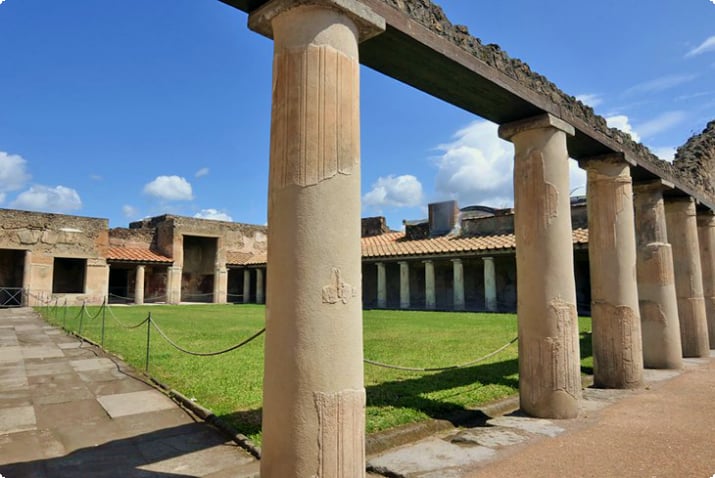
The Stabian Baths offer insight into Roman bathing culture, with well-preserved facilities for both men and women.
6. House of Menander
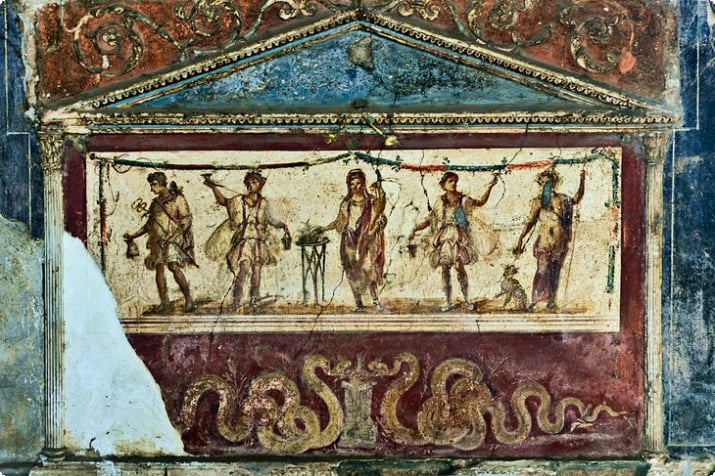
The House of Menander, with its rich decorations and frescoes, exemplifies the luxurious lifestyle of Pompeii's wealthy merchants.
7. Nuovi Scavi (New Excavations)
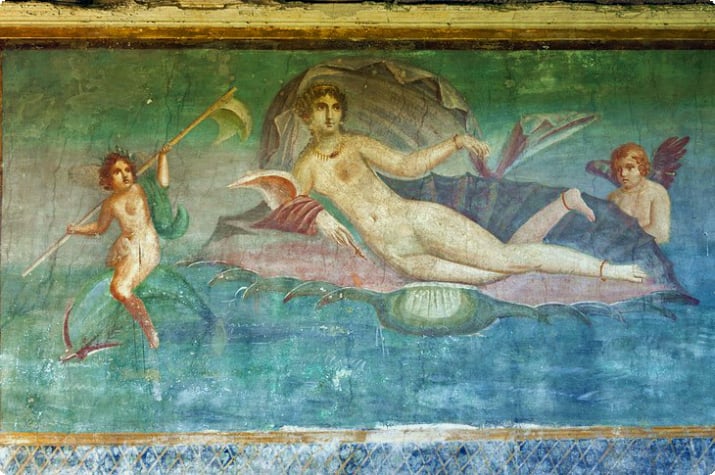
The New Excavations area retains original mosaics, frescoes, and furnishings, providing a vivid picture of Pompeii's final years.
8. Amphitheater
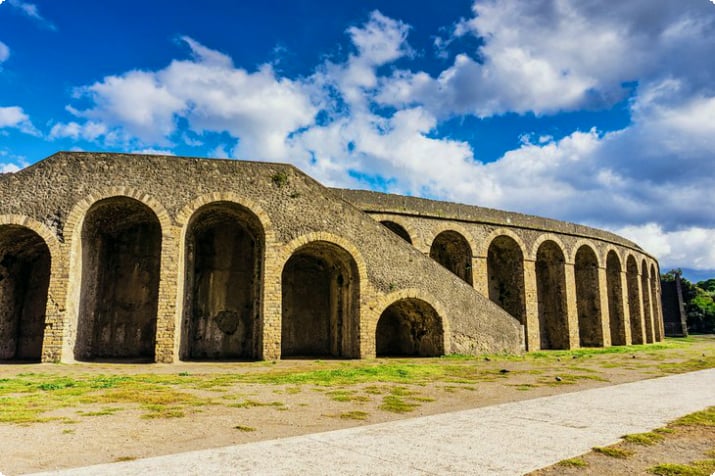
The Amphitheater, predating Rome's Colosseum, is a monumental structure that hosted gladiatorial games and seated up to 12,000 spectators.
9. House of the Vettii
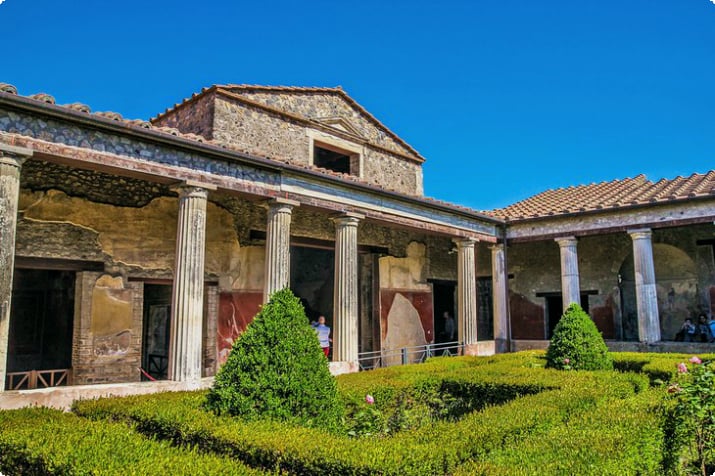
The House of the Vettii reveals that Pompeii's middle class also enjoyed finely decorated homes with elaborate frescoes.
10. Western Houses
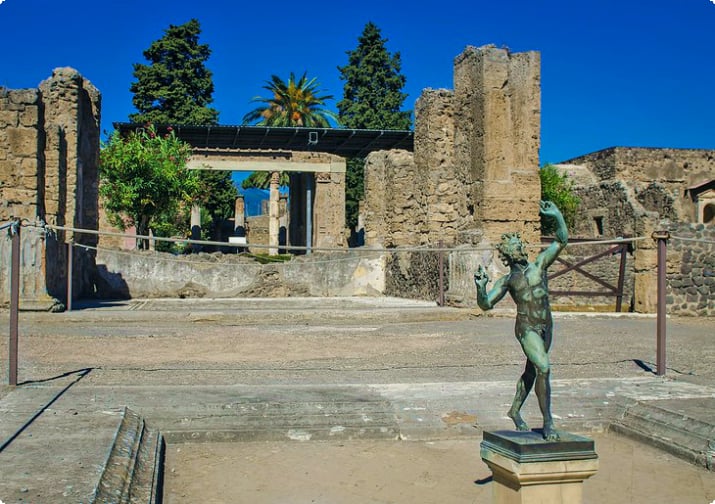
The Western Houses, including the House of the Faun, showcase the grandeur of Pompeii's residential architecture.
11. Street of Tombs
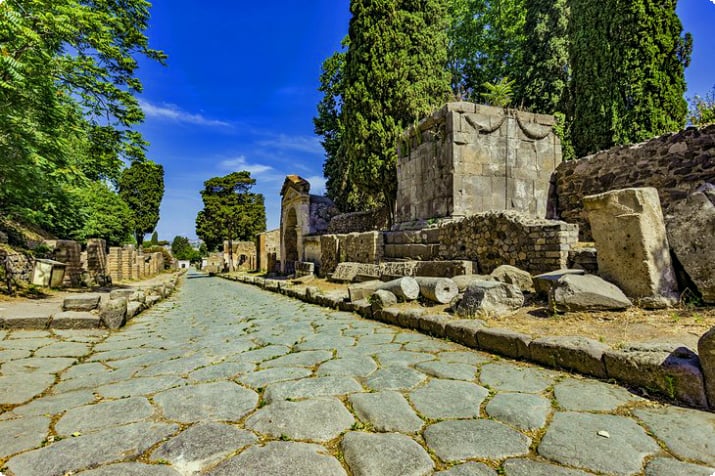
The Street of Tombs, lined with funeral monuments, offers a glimpse into Roman burial customs.
12. Villa of the Mysteries
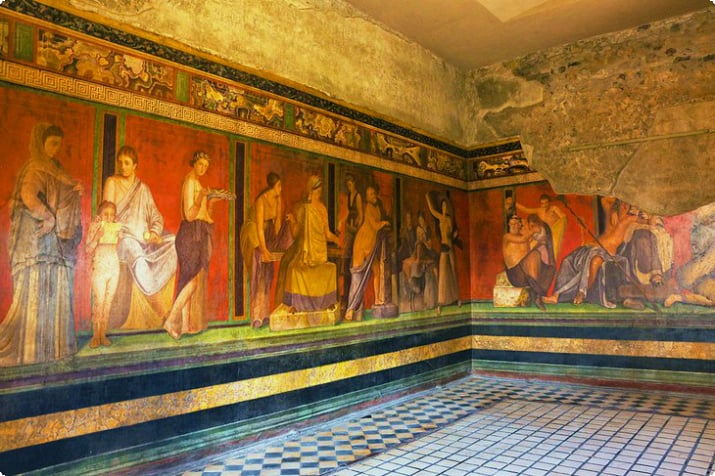
The Villa of the Mysteries, with its stunning frescoes, may have been a center for Dionysian worship.
13. Climb to the Rim of Mt. Vesuvius
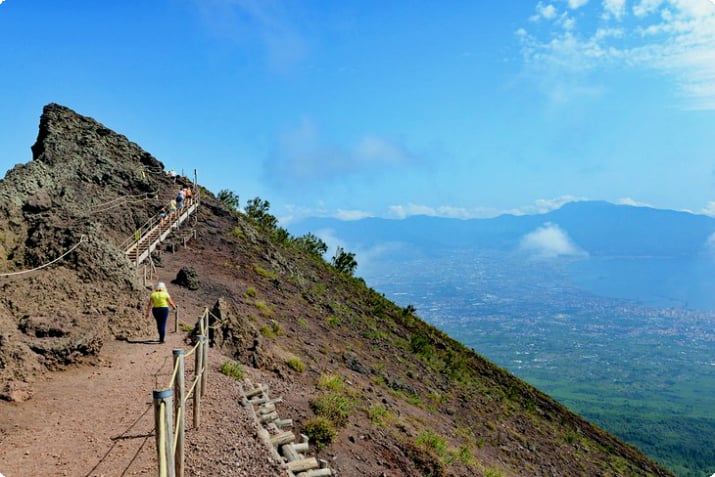
Hiking Mt. Vesuvius offers breathtaking views and a stark reminder of the volcano's destructive power.
Where to Stay in Pompeii for Sightseeing
For a comfortable stay, Pompeii offers a range of accommodations from luxury resorts to budget-friendly hotels, all conveniently located for exploring the ruins.
Tips and Tours: How to Make the Most of Your Visit to Pompeii
- Pompeii Tour from Naples: A guided tour from Naples includes Pompeii and a hike up Vesuvius, complete with historical insights and a pizza lunch.
- Pompeii Tour from Rome: A day trip from Rome offers a guided tour of Pompeii and, seasonally, a hike up Vesuvius or a visit to Naples.
- Pompeii with an Archaeologist: Explore the ruins with an archaeologist for an in-depth experience, including skip-the-line access.
- Tickets: Consider a combined ticket for Pompeii and Herculaneum to save on entrance fees.
- For Your Comfort: Utilize the free luggage check and map at the entrance.
- Getting to Pompeii on Your Own: The Circumvesuviana trains from Naples and Sorrento stop at Pompeii.


